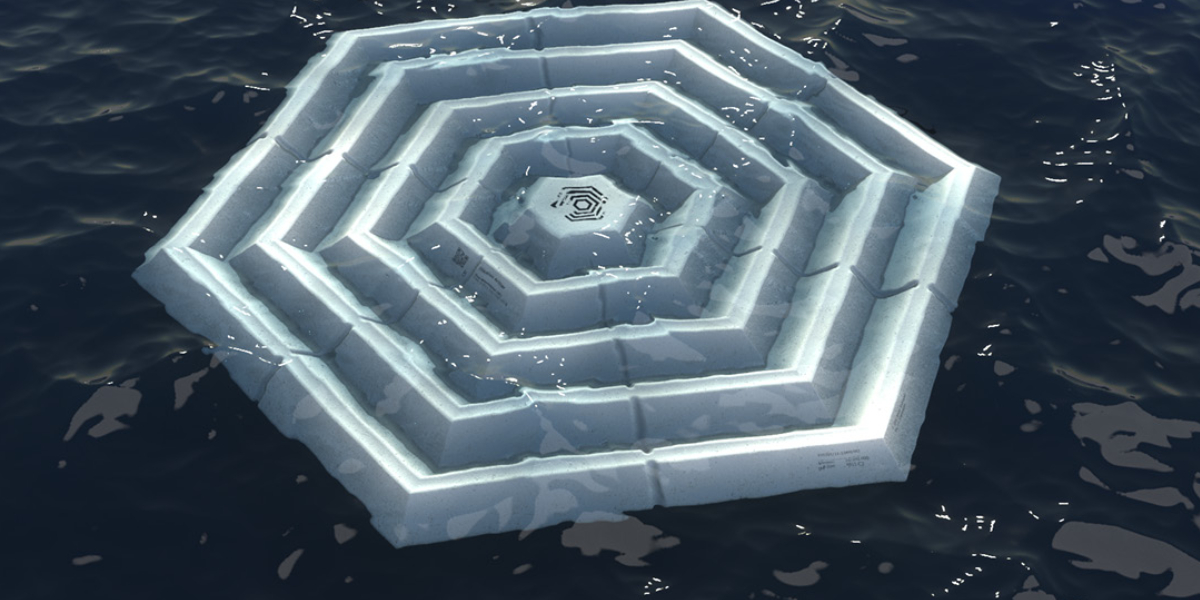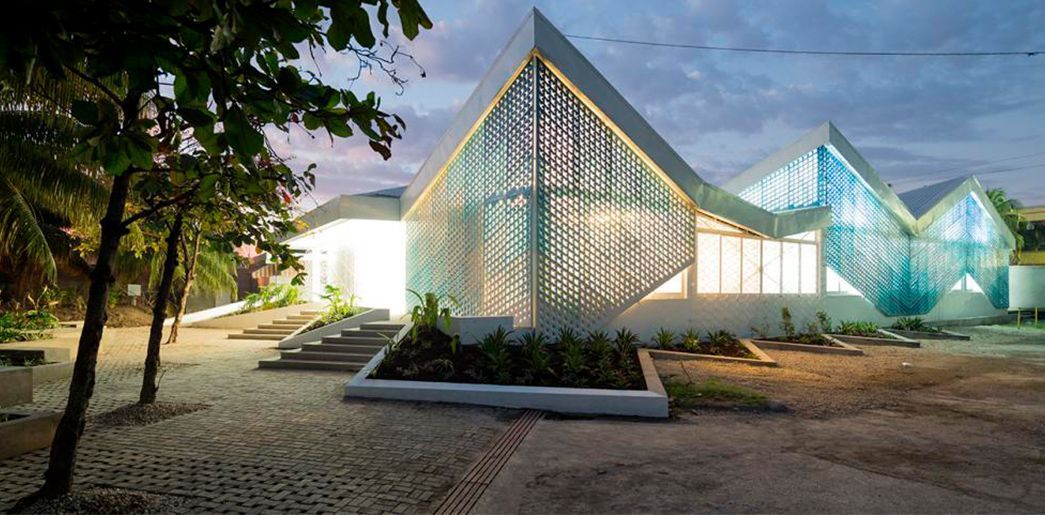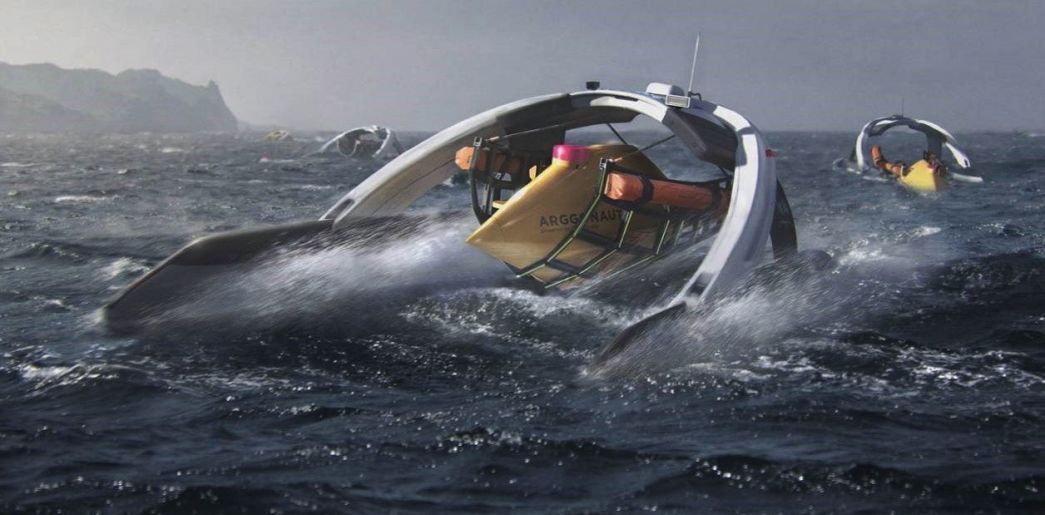AWARD YEAR
2023
CATEGORY
Community
GOALS
Climate Action
KEYWORDS
arctic ice, climate change, conservation, Speculative Design
COUNTRY
Austria
DESIGNED BY
Niklas Andreasen
WEBSITE
https://www.fh-joanneum.at/en/projekt/arcstar-floating-floes/
ARCSTAR / Floating Floes
a program for the preservation and regeneration of change-melting Arctic sea ice
How does it work?
The non-profit initiative „Project ARCSTAR“ is a year-round program for the short- and longterm preservation and regeneration of climate change-melting Arctic sea ice. With the help of white, floating, highly mobile floes, large areas of the dark ocean can be covered and the average water and ambient temperature lowered. Made from biowaste materials, these slowly degrading biocomposite structures can facilitate the freezing process and form new sea ice themselves. As a result, the ice in the world‘s comparatively stronger warming environment is preserved longer and can proactively counteract climate change.
Why is it needed?
Polar ice caps are melting as global warming causes climate change. We lose Arctic sea ice at a rate of almost 13% per decade, and over the past 30 years, the oldest and thickest ice in the Arctic has declined by a stunning 95%.
If emissions continue to rise unchecked, the Arctic could be ice-free in the summer by 2040. But what happens in the Arctic does not stay in the Arctic. Sea ice loss has far-reaching effects around the world.
How does it improve life?
Beyond the winter, the floe also serves as a catalyst to actively facilitate and accelerate the freezing process. The sponge-like structure of the floe not only increases reflectivity, but can also absorb and store water. The constant exposure to the much colder water surface skips the usual freezing process that would otherwise begin at sea depth, allowing the floe to freeze directly and form new sea ice themselves. As a result, the ice is sustainably preserved in the world's fastest warming environment and can regenerate.
The system is not intended to be permanently deployed in nature, but rather seen as a temporary solution to save the Arctic from its irreparability. This does not affect the responsibility of each and everyone of us to contribute to a more sustainable way of life for our society.





